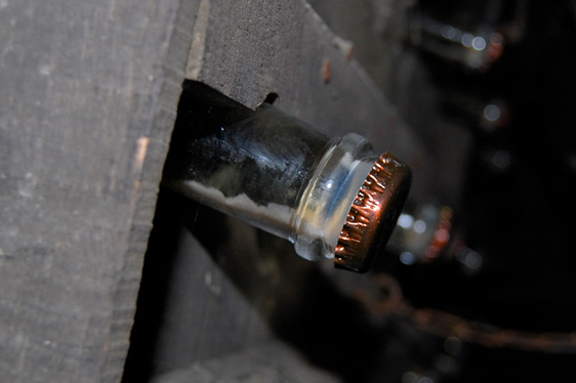
Sparkling wine: know your Charmat from your Champagne
Fall is almost here and the holidays are not too far off.
Well, they're actually a few months away. But it's never too early to talk about sparkling wine!
In fact, most wine professionals will tell you that they drink sparkling wine all year round.
Bubbles are great for the holidays and celebrations, of course. But many sparkling wines are also prized for their food-friendliness: bright acidity, low alcohol, and freshness are what can set sparkling wine apart from many still wines.
Here's a quick refresher (no pun intended) on some of the basic sparkling wine categories.
Champagne is by far the most famous sparkling wine. For generations, the French have done a super job in marketing and positioning the Champagne "brand" in the minds of consumers.
Champagne is made using the méthode champenoise or Champagne method and it cannot be produced (or labeled as Champagne) unless it's made from grapes grown in the region of Champagne, France, using the méthode champenoise. Some unscrupulous winemakers outside of France misleadingly label their wines as Champagne. In Europe it is illegal to do so. But beyond Europe's borders, winemakers are not bound by EU law.
The méthode champenoise consists in two fermentations. A "base" (still) wine is made and then that wine is re-fermented in the bottle. Fermentation in a pressurized environment is what makes wine sparkle: the CO2 byproduct of fermentation is capture and gives the wines its bubbles.
In other parts of France, the méthode champenoise is called the méthode traditionnelle or traditional method (sometimes also called the classic method). And the wines are often referred to as crémant (because they cannot be called Champagne).

Above: note the sediment in the neck of the bottle. It's formed by the dead yeast cells or lees, a byproduct of fermentation. In Champagne, the lees are disgorged before the wine is bottled.
Over the last few decades, Prosecco from Italy has become one of the world's most well known sparkling wines.
It's made using the Charmat method, named after Frenchman Eugéne Charmat who purportedly invented the process: the base wine is re-fermented in large pressurized vats before bottling.
Where Champagne tends to be expensive and more nuanced, Prosecco is more value-driven and approachable. Neither one is better or worse and each has its own proper "applications."
Prosecco will most likely pair better with pizza while Champagne is known to be a fantastic pairing for Alba truffles shaved over pasta or scrambled eggs.
In recent years, we've seen a number of méthode ancestrale or ancestral method wines appear on the scene. They tend to be more rustic in nature and they are usually cloudy.
Méthode ancestrale wines are double-fermented in bottle but they are "undisgorged." In Champagne, for example, after the second fermentation has begun, the winemakers store the bottles in at 45° angle facing down. As a result, the dead yeast cells (another byproduct of fermentation) become concentrated in the neck of the bottle (see the photo). Before Champagne producers bottle and sell their wines, they "disgorge" the sediment. Méthode ancestrale wines are not disgorged and so they can often have a cloudy opacity and can be saltier.
There's so much more to say and share about sparkling wines. We'll follow up with another post down the road. And in the meantime, be sure to know your Charmat from your Champagne! Thanks for reading.
—Jeremy Parzen
follow Jeremy @DoBianchi